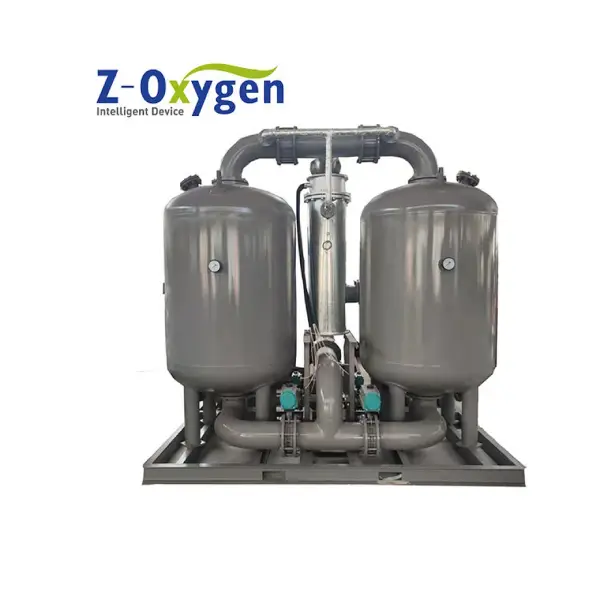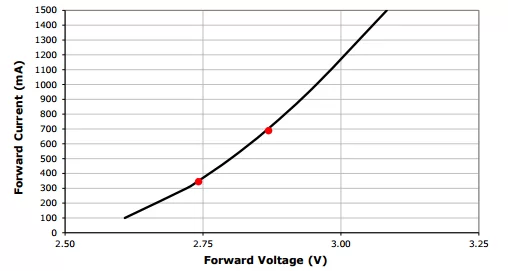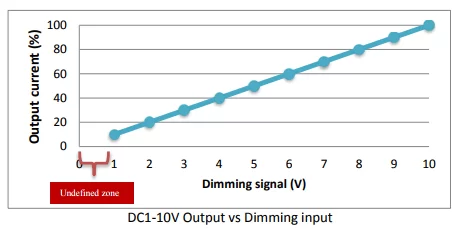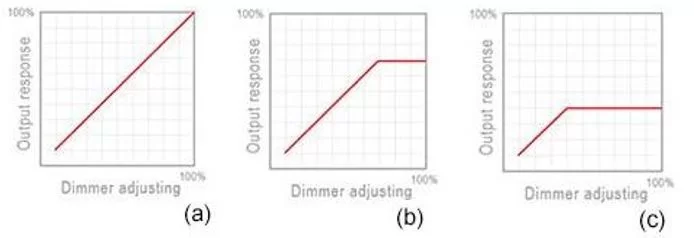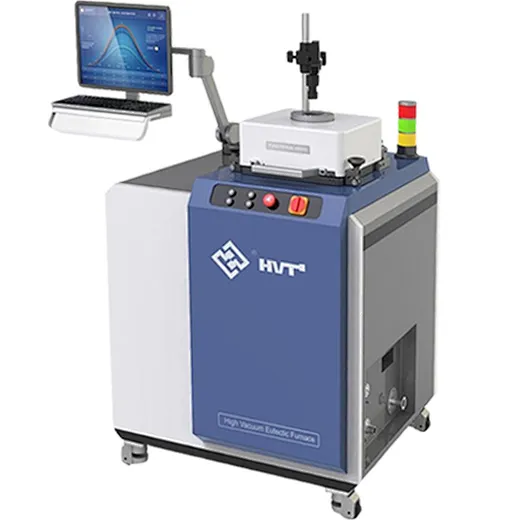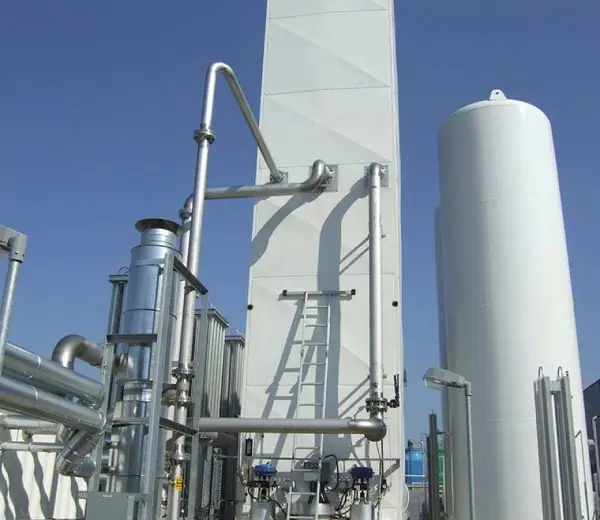If you're new to strength training, you might often see photos of lifters performing an overhead press. This classic exercise is more than just a shoulder workout—it's a powerhouse move that engages multiple muscle groups. Whether you're aiming to tone your deltoids, enhance your triceps, or strengthen your upper chest, the overhead press is a versatile addition to your fitness routine. In this blog, we'll explore the key muscles worked by the overhead press and how this fundamental exercise can help you achieve your strength training goals.
What is the Overhead Press?
The overhead press, also known as the shoulder press, is a fundamental strength training exercise where you lift a barbell or dumbbells from shoulder height to above your head. This movement targets the shoulders, triceps, and upper chest, making it an excellent choice for building upper body strength and muscle mass.
Muscles Worked by the Overhead Press
- Deltoids: Primarily works the shoulder muscles, including all three heads of the deltoids.
- Triceps: Engages the back of the upper arms to assist in extending the elbows.
- Upper Chest: Involves the upper portion of the pectoral muscles.
- Trapezius: Helps stabilize the shoulder blades.
- Core Muscles: Supports the torso and maintains balance.
How to Perform an Overhead Press?
- Set Up: Stand with your feet shoulder-width apart. Grip the barbell or dumbbells with your hands slightly wider than shoulder-width, elbows bent, and weights at shoulder height.
- Brace Your Core: Tighten your core muscles to stabilize your torso and maintain balance throughout the movement.
- Press Up: Push the weights upward in a straight line until your arms are fully extended overhead. Keep your elbows slightly in front of your wrists and avoid arching your back.
- Lower the Weights: Slowly lower the weights back to shoulder height, controlling the descent to engage the muscles throughout the movement.
- Repeat: Perform the desired number of repetitions while maintaining proper form.
Differences Between Standing and Seated Overhead Press
Aspect Standing Overhead Press Seated Overhead Press
- Stability & Core: Requires more core activation and stability. Reduces core engagement; focuses more on the shoulders and triceps.
- Range of Motion: Greater range of motion; allows slight back lean. Slightly reduced range of motion; limits back lean.
- Back Involvement: Engages lower back for balance and stability. Minimizes lower back involvement.
- Weight & Load: Typically allows for lifting heavier weights. Often involves lighter weights for isolation.
Benefits of the Overhead Press
It's hard to overlook the advantages of having stronger shoulders, a more developed upper back, and a stable core—benefits that come from incorporating the overhead press into your routine. By enhancing these areas, you'll not only boost your performance in various exercises but also address one of your body’s weak points, making you more resilient and less prone to injury.
But the benefits of the overhead press extend well beyond the gym. Even if you're not an athlete who frequently performs overhead movements, strengthening your shoulders can greatly improve your functional strength. From lifting heavy items onto high shelves to managing tasks that require overhead reach, like fixing a light fixture or carrying objects, having a robust pressing power makes daily activities easier and more efficient.
Common Mistakes to Avoid
- Lifting Weights That Are Too Heavy: Only lift weights that you can handle without compromising form. Using weights that are too heavy can lead to poor technique and increase the risk of injury.
- Your Stance is Off: Make sure your feet are at least hip-width apart to maintain stability. A solid stance helps anchor your body and prevents imbalance that could lead to injury.
- Incorrect Arm and Shoulder Form: Keep your elbows slightly forward and ensure your wrists are aligned with your triceps. This prevents shoulder strain and maintains proper form.
- Pressing Path Issues: Lift the barbell in a straight line. Avoid pressing too far forward or backward to maintain balance and target the right muscles.
- Misaligned Neck and Back: Keep your lower back neutral and avoid excessive arching. Ensure your neck is aligned with your spine for proper form.
Safety Tips for the Overhead Press
- Don’t keep your feet too close together. Ensure they are at least shoulder-width apart for better balance and stability.
- Start with a thorough warm-up to prepare your shoulders and upper body, reducing the risk of injury.
- Maintain a neutral spine and engage your core. Avoid excessive arching of your back to prevent strain.
- Choose a weight that allows you to maintain good form throughout the set. Avoid lifting too heavy to prevent poor technique and injury.
- When lifting heavy, use a spotter or safety bars for assistance in case you lose control of the weight.
- Perform the lift with smooth, controlled movements. Avoid jerking or using momentum, which can strain your shoulders and back.
- Ensure the barbell and weights are securely fastened and that the equipment is in good condition before starting.
- Stop if you experience sharp or persistent pain. Adjust your form or reduce the weight as needed to prevent injury.
Conclusion
The overhead press is more than just a shoulder-blasting exercise—it's a total game-changer for building upper body strength and functional fitness. By hitting your deltoids, triceps, upper chest, and core, this powerhouse move not only sculpts your physique but also enhances your daily life. Whether you're aiming to lift heavier weights, tackle more demanding tasks around the house, or just impress your friends with your strength gains, the overhead press has got you covered.
Remember, though, form is everything. Keep those feet shoulder-width apart, avoid lifting weights that make you grimace, and always listen to your body. With a bit of practice and proper technique, you'll be pressing like a pro and feeling the benefits both in and out of the gym. So, get ready to flex those shoulders and conquer your fitness goals—one press at a time!
Click here to read the original article. What Muscles Do Overhead Press Work?

